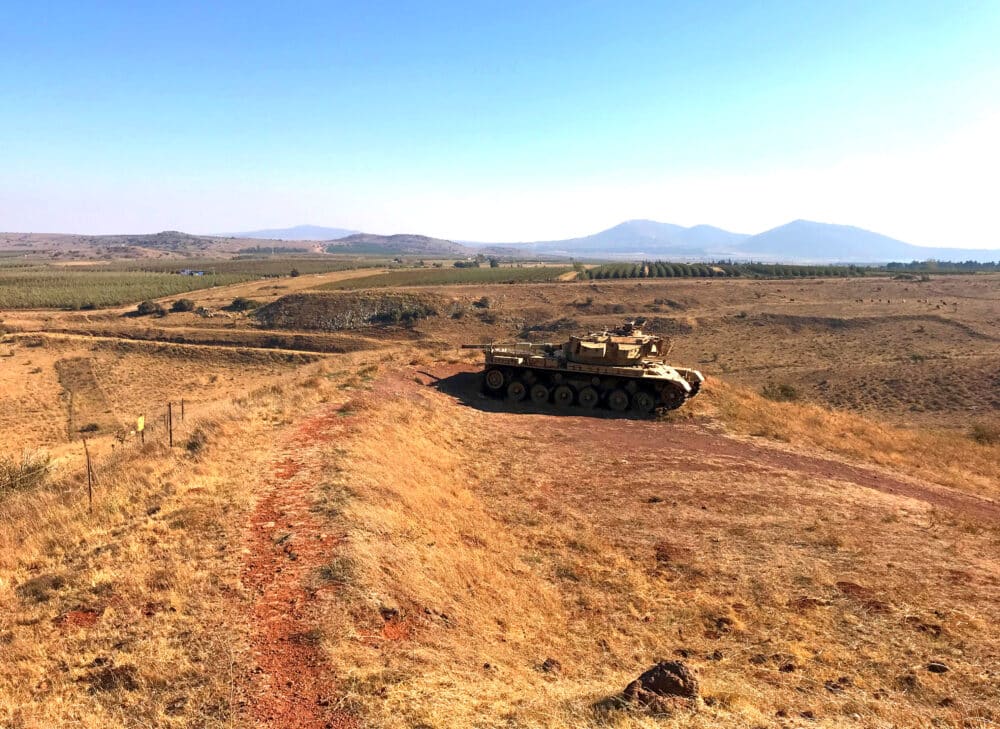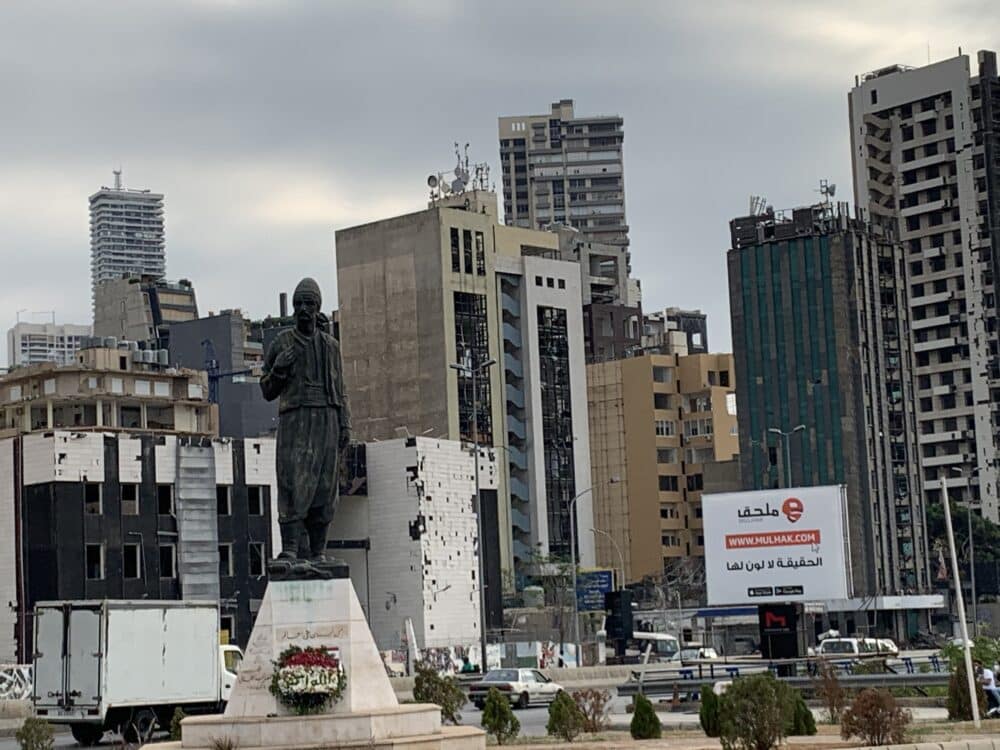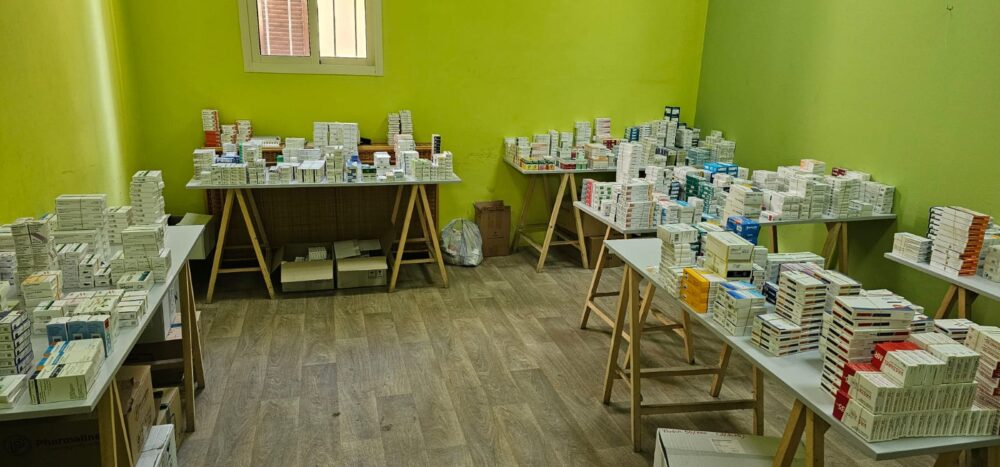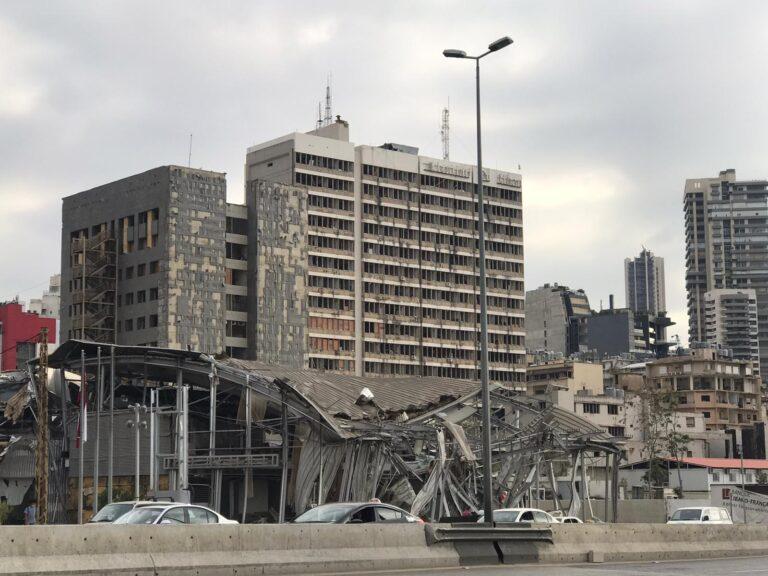The arrival of June brought with it new fears about the expansion of the Gaza war: along with the summer came the declaration from Tel Aviv of a military attack ready to be launched against Lebanon, on Israel's northern border, by mid-June.
In recent days, several drones have flown over southern Lebanon, as well as over northern Israel, and air raid sirens have broken the silence in both Beirut and Tel Aviv. Although Ganz's resignation seems to have slowed Netanyahu's run, the possibility of a direct Israeli attack on the state of Lebanon remains alive and concrete.
But where are the roots of the hostility between the two countries? We decided to retrace the history that binds Lebanon to Israel, so as not to forget that the specter of this war has existed for a long, long time before October 7, 2023.
Between Lebanon and Israel: A History of Conflicts and Borders
The Mediterranean Sea, Lebanon's western border, is not in fact the only blue border that closes the Land of the Cedars: in May-June 2000, again at the beginning of the summer, the United Nations decided to draw the border obtained thanks to the withdrawal of Israeli troops from the Lebanese territories, following a violent occupation that lasted more than twenty years. It is said that to do this they used a blue marker, with which they drew a line dividing southern Lebanon from northern Israel; hence the route took the name of Blue Line.
The 20-year occupation began in 1982, when the Israel Defense Forces crossed the border from Lebanon and occupied the southern part of Lebanon. But before asking what happened during what the Israelis call the "first Lebanon war," it is necessary to understand its roots, which lie in an even earlier conflict: the Arab-Israeli war of 1948, which broke out in the aftermath of the official constitution of the State of Israel, establishing borders that have remained famously such as the Israel's Green Line
It is clear that relations between Israel and Lebanon are intricate and flourish from afar, that this war hides behind it painful and tight knots, difficult to untie, because it is difficult to make a synthesis of the different gazes with which the parties involved observe and judge the facts. An indication of this distance is found in the names attributed to events: giving a name to things reveals their hidden essences, it is an act that leads to the recognition of a meaning; and looking at the different names by which the States in question call the events reveals the way in which they conceived and experienced them.
The Arab-Israeli war is known in Israel as the "War of Independence": a "good" war, therefore, in Israeli propaganda, "just" – however "just" a war may be – whose purpose is the liberation of Israel from enemy oppression. In Arabic, on the other hand, the same conflict is remembered as "Nabka", "the catastrophe": a rather different, if not opposite, meaning. The year 1948 remains, in the Arabic linguistic – and, therefore, cultural – memory, a "catastrophe", a tragedy that saw thousands of deaths and the beginning of the immense Palestinian exodus.
A similar gap exists around the war that began in 1982: called by Israel the "First Lebanon War," in relation to the 2006 clash known as the "Second Lebanon War," it is also described by Israeli military forces as "Operation Peace in Galilee." It is an emblematic, almost paradoxical name: a war defined as a "peace operation".

Borders: the hot zones of war
Relations between the Land of the Cedars and the State of Israel were born, therefore, in the name of arms, and so they continued, thanks to the birth of Hezbollah in 1982, in the midst of the Lebanese civil war. In the same year, the Israeli occupation of the southern Lebanese territories began, an occupation that ended only in May 2000 with the withdrawal of Israeli troops; It was at this point that the United Nations sanctioned the retreat by making the area liberated from Israel official on the maps. More than a border line, the blue line was born as a historical description, to signal the point of retreat of the Israeli army; over time, however, it has been increasingly assimilated to a border between the two states, and this has generated many new conflicts that see it as a protagonist and a battleground.
In fact, a border, by its very nature, separates but at the same time brings us together, creating fertile ground for recriminations and pretexts for war. This blue line is no exception: it is an armed line where soldiers from both armies control enemy movements, under the UNIFIL pillars that delimit the area – also painted with the color of the sea.
The changed nature of the blue line, which over time has become a political and geographical border, has in fact made it an excellent pretext, for the two actors involved, to move protests and demands, and therefore armed attacks. Significantly, in fact, it is precisely on this line that, since October 7 of this year, tensions and offensives between Israel and Hezbollah have been concentrated: air raid sirens have been sounding non-stop for days in southern Lebanon and northern Israel, along the blue line. Since the outbreak of this phase of the war, Hezbollah has launched 306 attacks against Israel, while Netanyahu has struck the southern part of the Land of the Cedars 1,200 times; and this, according to ISPI data, only during the last three months of 2023.
Mid-June has arrived, a timid and rainy summer is in the air, but a direct attack by Netanyahu has not yet been launched: Ganz's resignation seems to have put a brake on the Israeli prime minister's outburst. Not to its war intentions, however: both Israel and Hezbollah do not seem willing to give up, in a conflict that has lasted since the dawn of the State of Israel, which has generated a green line and then a blue line, and still other border, barrier, control lines. These days the attacks are intensifying: the missiles of the Lebanese paramilitary group cause fires, injuries and deaths, Israel's frequent air strikes destroy buildings and human lives.
Tensions are growing and questions about the breaking point are multiplying in international political forums and in newspapers around the world; And, in the meantime, civilians are always, and above all, the ones who pay the price of the conflict.




















